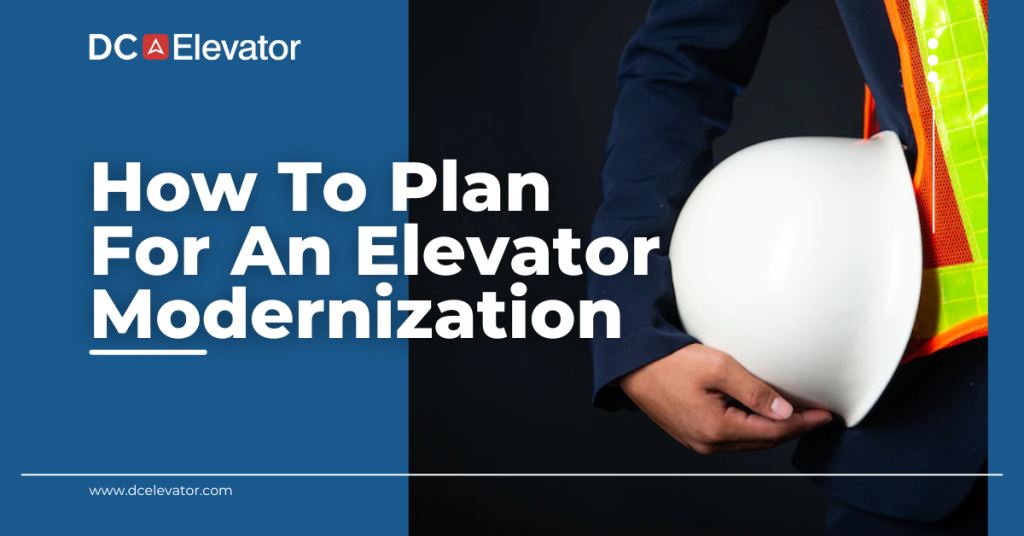Why is an elevator modernization necessary?
Elevators, like cars, wear down over time due to usage and the environment, and technology evolves to give a better trip for passengers. While preventative maintenance and repairs keep the elevator working safely for the duration of its life, it will eventually need to be replaced.
In this article, we’ll walk you through the best ways to design an elevator modernization in order to protect your investment and keep those who rely on it satisfied in your building.
When should I have an elevator modernization?
Elevators typically have a lifespan of 15-20 years. Depending on the manufacturer, certain parts may become obsolete at different intervals. The length of time an elevator can perform efficiently is affected by a number of factors, including the maintenance procedure, the environmental conditions in which the elevator operates, the type and amount of usage received by the elevator, and the technology included in the elevator.
Modernization is a highly efficient method of replacing specific components of equipment while utilizing existing elevator infrastructure. A well-executed renovation may ensure that the most recent technology is placed in any elevator, regardless of its age.
Process of a planned modernization
Every operation on an elevator has the potential to impact the daily lives of users, owners, and renters. Of course, the major objective of elevator maintenance and modernisation is to enhance how the elevator functions without significantly slowing down building traffic.
A strategy for elevators can optimize the equipment’s performance while having a negligible impact on users’ mobility. A proactive, well-thought-out modernization strategy that is well-planned can save you time and money while also enhancing the user and owner experience.
Planned modernization is completed at a time that has been set in advance by the service provider and the elevator owners. This guarantees that a prolonged and unplanned outage won’t interrupt the lives of renters and users. Building managers can notify those who will be impacted prior to the downtime occurring if they have a clear timetable of when the modernization will occur. This will allow them to make alternative arrangements or come up with solutions.
The administration of the building’s finances is taken into account during planned modernization activities. To ensure the quickest and most effective process possible, spare parts required for the update are scheduled in advance so that they will be available in time for the modernization.
What if you don’t plan a modernization?
It is not advised to hold off until a modernisation is about to happen. Remember that the average lifespan of an elevator is between 15 and 20 years. The equipment will undoubtedly need to be updated beyond this point. The elevator is more likely to shut down and cause the equipment to be down for a longer period of time if an upgrade is not planned and completed on time.
Unplanned modernizations can take a long time to complete because they require surveying, procuring, demolishing, and installing the new elevator equipment.
Residents and tenants may find the downtime caused by this operation to be quite inconvenient, especially if they have limited mobility.
Aside from long downtime, unplanned modernization might as be more expensive depending on the situation. Usually out of reach financially, these upgrades can involve a number of drawn-out hardships.
Due to these factors, we strongly advise planning ahead for an elevator modernization in order to minimize cost, reduce downtime, and maintain proper pedestrian flow.
